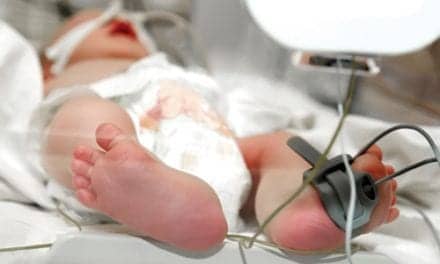Healthcare can be dangerous, and more so when turning, lifting, and repositioning very heavy patients. Caregivers report fear of personal injury when caring for larger, heavier patients. What can be done to limit such risk?
By Marian Benjamin
While researching for this editor’s note, I came across a blog written by an emergency department physician.1 He recounted a news story2 from Indianapolis reporting on a 750-pound woman found dead in her bed. Emergency services personnel could not fit the body into their van, so the coroner’s office called for a flatbed truck to take her to the morgue. This blog led to a flurry of responses and to a discussion of why people let themselves get so morbidly obese: Is it an addiction, like smoking, drinking, and drugging? Or is it a psychiatric condition, due to depression, low self-esteem, fear of emotional closeness with others? Is it metabolic?
Whatever the reasons, the incidence of obesity is growing, and its healthcare cost is as high as $147 billion annually, according to a release from the CDC.3 It is a risk for a number of chronic conditions, including diabetes, cardiovascular disease, sleep apnea, some cancers, and impaired respiratory function.4 The CDC has issued new community recommendations to reduce the burden of obesity,5 but the fact is that you, as healthcare professionals, will be faced with these patients frequently. Are you and your facility ready?
Healthcare can be dangerous, and more so when turning, lifting, and repositioning very heavy patients. Caregivers report fear of personal injury when caring for larger, heavier patients. What can be done to limit such risk? Developing a bariatric protocol is key,6 but it can be difficult, because there is little research that describes best practices when caring for the bariatric population. This is where clinical experts, teamwork, and group participation come in. Each member of the interdisciplinary team—including respiratory therapists—can offer valuable ideas for preplanning of care. This plan should include criteria such as actual weight, BMI, body width, and clinical conditions.6 For example, MRI equipment and operating room and x-ray tables typically have weight limitations, so preplanning with manufacturers and vendors for the provision of equipment—from transfer devices, to bed frames, to wheelchairs and walkers—for the morbidly obese patient is essential,
Appropriate equipment is crucial, but other elements are equally important: a clinically and educationally diverse group of clinicians and hospital support personnel, education, and competency tools to set and maintain standards of care.
As the obese population increases, along with their multiple comorbidities, so grows the importance of plans for their care when they are hospitalized. What steps has your facility taken to ensure their safety—and yours?
References
- Transporting Morbidly Obese Patients. White Coat’s Call Room. A blog from inside the emergency room. Accessed September 1, 2009 at http://www.epmonthly.com/whitecoat/2009/06/trnsporting-morbidly-obese-patients
- Obese Woman Dragged from Home, Hauled Away After Death. The Indy Channel.Com. Accessed September 1, 2009 at www.theindychannel.com/news/19517549/detail.html
- New Community Recommendations Show Ways to Reduce Burden. CDC. Accessed September 1, 2009 at www.cdc.gov/media/pressrel/20909/r090727.htm
- Miller K. Airway Management of the Morbidly Obese. Accessed September 3, 2009 at www.respiratory-therapy.com/issues/articles/2006-12_06.asp.
- State-Based Programs. CDC. Accessed September 1, 2009 at www.cdc.gov/obesity/stateprograms/index.html
- Gallagher S, Arzouman J, Lacovara J. Criteria-based protocols and the obese patient: preplanning care for a high-risk population. Ostomy Wound Management. Accessed September 3, 2009 at www.o-wm.com/article/2627









